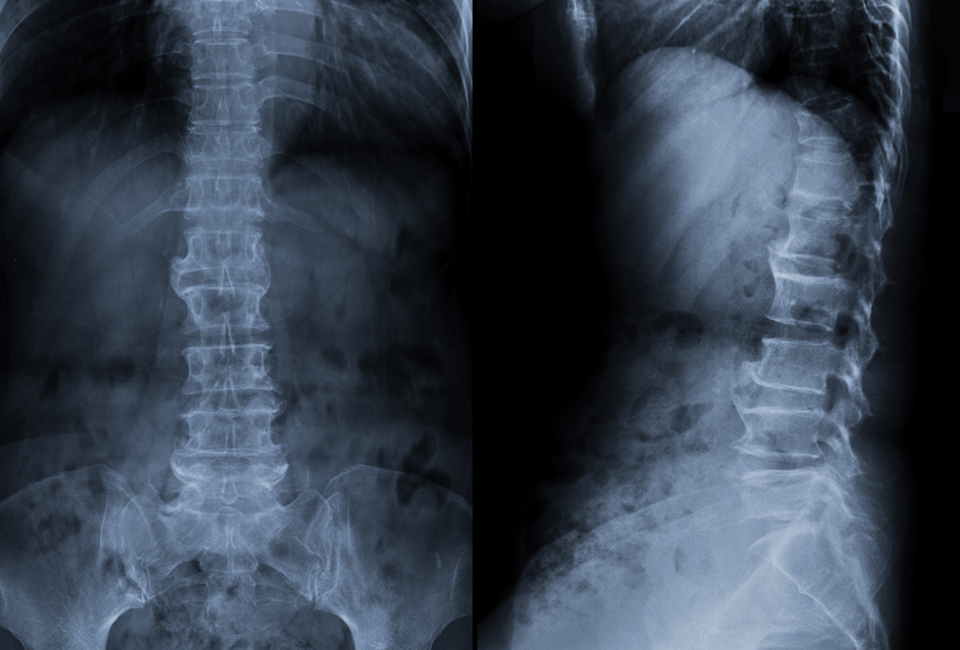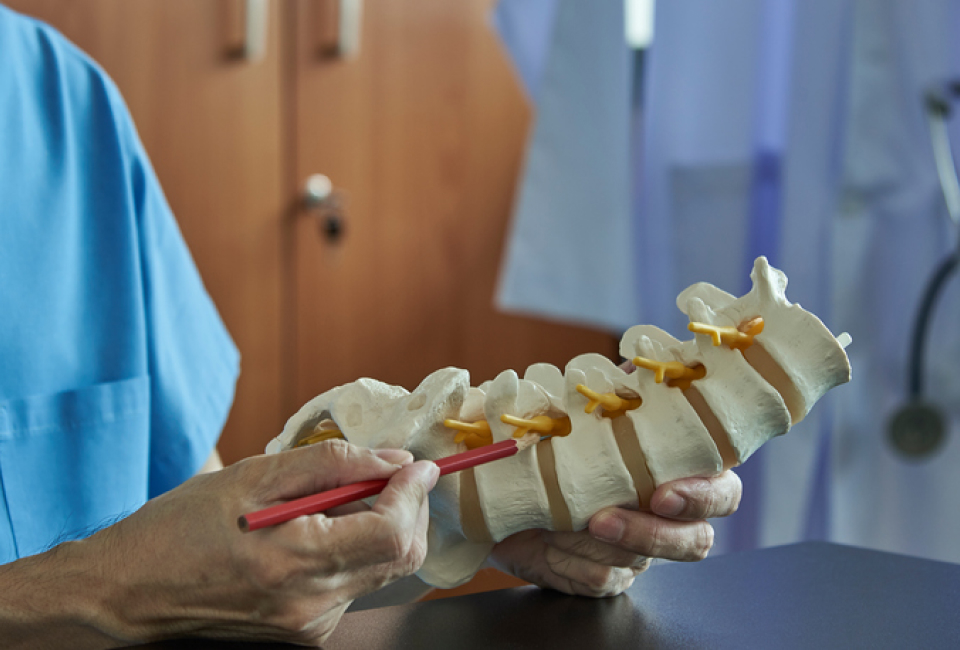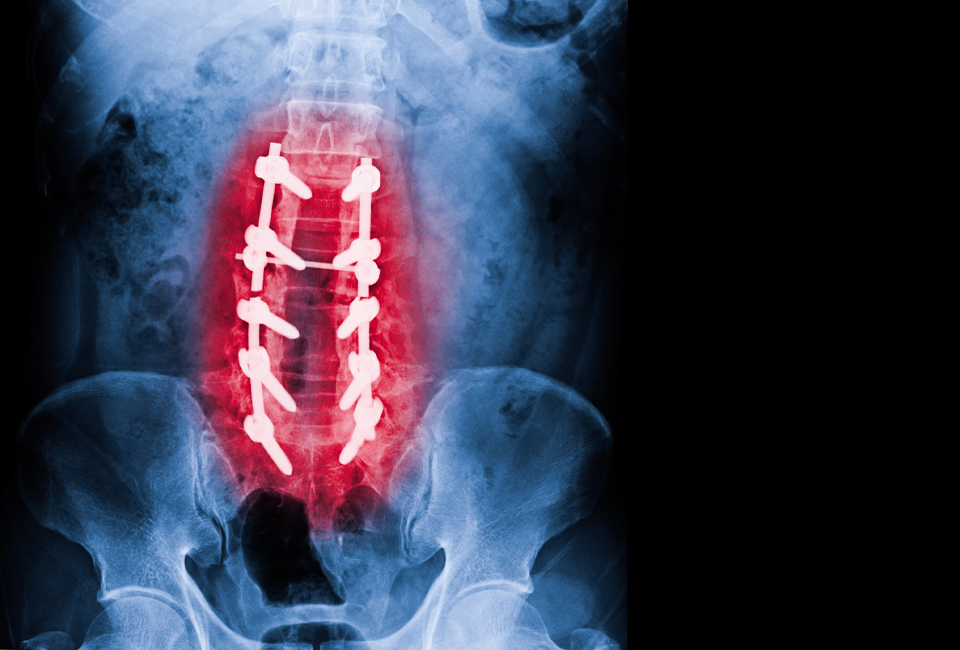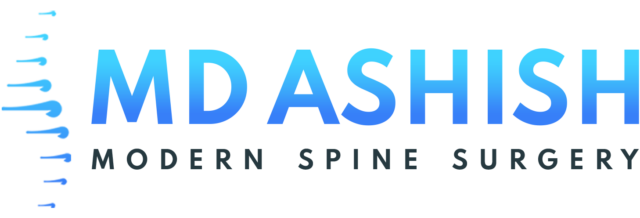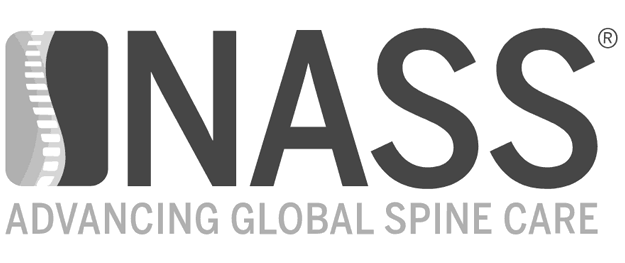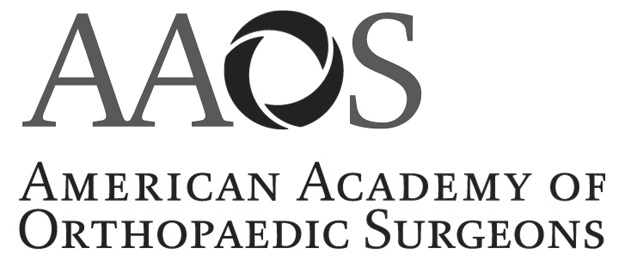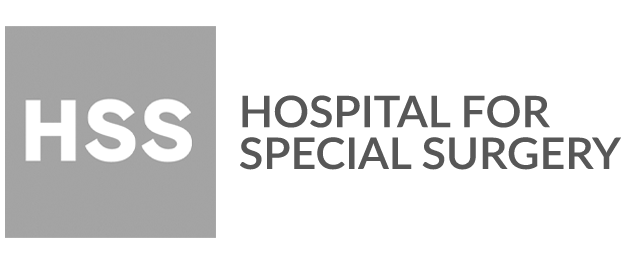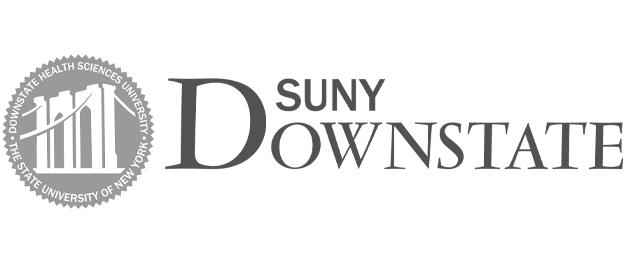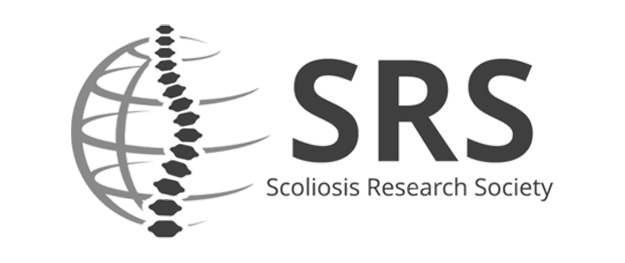CONDITIONS EXPLAINEDPinched Nerve
CONDITIONS EXPLAINEDPinched Nerve
Nerves form the basis for the connection between brain and body. Sensory information is relayed to the brain, and motor information is relayed back to the rest of the body. When a nerve becomes compressed due to any number of factors, this communication is impaired, leading to numbness, weakness, and sometimes pain. This condition is referred to as radiculopathy or a pinched nerve, and sciatica is one common example affecting one or both of the sciatic nerves of the lower extremities.
Along the course of the spinal cord through the vertebral column, nerve roots exit at each level through small openings called foramina to innervate peripheral structures. Symptoms will vary depending on the level that is affected. Cervical radiculopathy can lead to weakness, numbness, and pain of the upper limbs, while lumbar radiculopathy affects the lower extremities. Many nearby structures can compress these nerves, and commonly bulging intervertebral discs or bone spurs secondary to arthritis are the culprits.
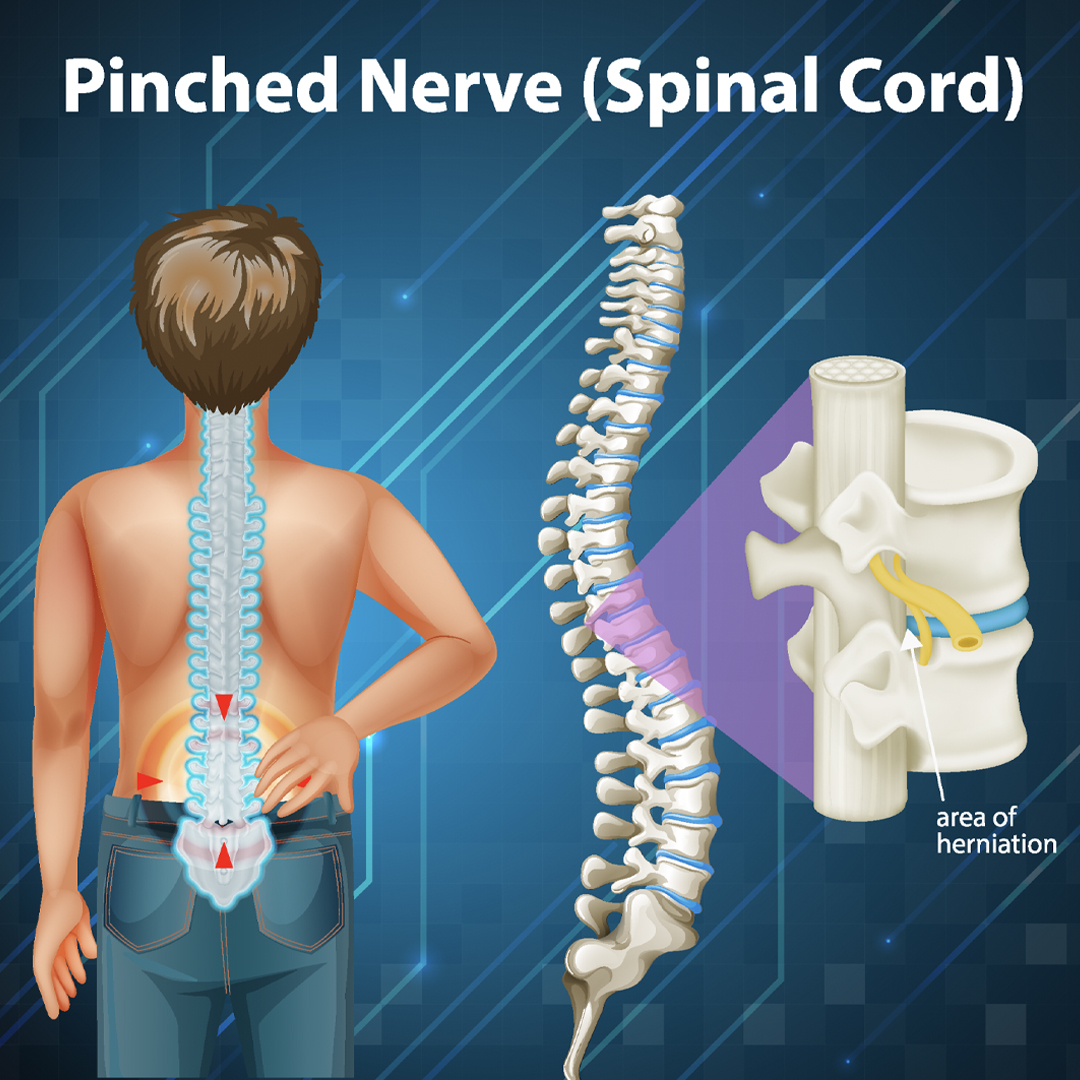
Nerves form the basis for the connection between brain and body. Sensory information is relayed to the brain, and motor information is relayed back to the rest of the body. When a nerve becomes compressed due to any number of factors, this communication is impaired, leading to numbness, weakness, and sometimes pain. This condition is referred to as radiculopathy or a pinched nerve, and sciatica is one common example affecting one or both of the sciatic nerves of the lower extremities.
Along the course of the spinal cord through the vertebral column, nerve roots exit at each level through small openings called foramina to innervate peripheral structures. Symptoms will vary depending on the level that is affected. Cervical radiculopathy can lead to weakness, numbness, and pain of the upper limbs, while lumbar radiculopathy affects the lower extremities. Many nearby structures can compress these nerves, and commonly bulging intervertebral discs or bone spurs secondary to arthritis are the culprits.

Experiencing Symptoms of a Pinched Nerve?
Detection & Diagnosis
Diagnosis is generally fairly easy to make for this common condition, but diagnostics that may be involved in your work-up may include:
